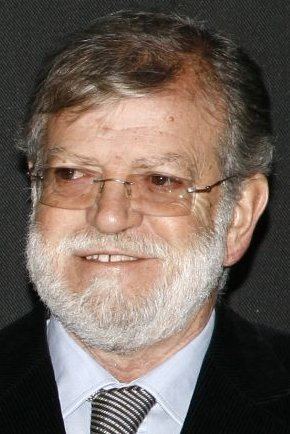10 June 1987 1991 → Turnout 601,615 (74.4%)
2.5 pp 1976 1983 | Registered 808,654 2.9% 20 December 1982 1976 35 seats, 53.0% 20 seats, 30.1% | |
 | ||
The 1987 Extremaduran parliamentary election was held on Wednesday, 10 June 1987, to elect the 2nd Assembly of Extremadura, the unicameral regional legislature of the Spanish autonomous community of Extremadura. All 65 seats in the Assembly were up for election. The election was held simultaneously with regional elections in 12 other autonomous communities and local elections all throughout Spain, as well as the 1987 European Parliament election.
Contents
The Spanish Socialist Workers' Party (PSOE) won the election with a new absolute majority of seats, albeit losing 1 seat from its 1983 result. The People's Alliance (AP), which had undergone an internal crisis after the breakup of the People's Coalition in 1986, lost support and fell from the coalition's 30% of the share to 24%, losing 3 seats as a result.
The main election winner was the centrist Democratic and Social Centre (CDS), a party led by the former Spanish Prime Minister Adolfo Suarez, which entered the Assembly for the first with 8 seats and 12% of the vote, becoming the only party within the Assembly that made gains, as all others (including regionalist United Extremadura (EU)) lost votes. United Left, an electoral coalition comprising the Communist Party of Spain and other left-wing parties, also lost 2 seats.
Electoral system
The number of seats in the Extremaduran Assembly was set to a fixed-number of 65. All Assembly members were elected in 2 multi-member districts, corresponding to Extremadura's two provinces, using the D'Hondt method and a closed-list proportional representation system. Each district was entitled to an initial minimum of 20 seats, with the remaining 25 seats allocated among the two provinces in proportion to their populations. For the 1987 election, seats were distributed as follows: Badajoz (35) and Cáceres (30).
Voting was on the basis of universal suffrage in a secret ballot. Only lists polling above 5% of valid votes in each district (which include blank ballots—for none of the above) were entitled to enter the seat distribution. Alternatively, however, if a party did not reach the 5% threshold in a district, it could enter the seat distribution on the following conditions:
Opinion polls
Individual poll results are listed in the table below in reverse chronological order, showing the most recent first, and using the date the survey's fieldwork was done, as opposed to the date of publication. If such date is unknown, the date of publication is given instead. The highest percentage figure in each polling survey is displayed with its background shaded in the leading party's colour. In the instance of a tie, the figures with the highest percentages are shaded. in the case of seat projections, they are displayed in bold and in a different font. The lead column on the right shows the percentage-point difference between the two parties with the highest figures. 33 seats were required for an absolute majority in the Assembly of Extremadura.
